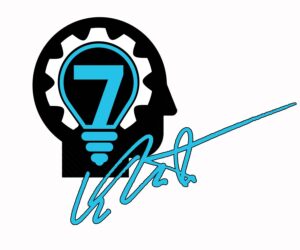I’m a Business Coach in Oklahoma City with clients across the United States. Therefore, a lot of questions come my way. There are a few I hear more than others.
Most of the good and frequent questions I hear begin with “How do I choose, pick, know which one… Basically, how do I decide?”
The implication is that there is one good choice. That there might be some magic wand or magic word that will unlock the “good” option.
Sorry, it doesn’t work that way.
But there are some things that you can do in decision processes that can increase the consistency of your outcomes. But first, we need to come to an understanding about how decisions work and how to tell if something you chose was a good decision or if it was a bad decision.
That sounds easy, doesn’t it? All you have to do is look at the thing you happen to be the happiest about right now and point it out and proclaim, “That was a good decision!”
Actually, no.
What you’d be doing is pointing out a good result. This may have nothing to do with the quality of the decision process. I’ve almost finished a good book titled, “How to Decide” by Annie Duke. Ironically, I struggled with the choice to purchase the book. I was at Barnes and Noble with my wife after dinner together and I came across this book. The title caught my eye and the credentials of the writer were superb. Annie Duke was a recipient of a National Fellowship to study Cognitive Psychology and a professional poker player with a WSOP bracelet. (World Series of Poker)
Annie Duke points out that we all have a strong “results bias.” We contemplate decisions. We assume that if we experienced a positive outcome it was because it was a successful decision. Maybe we made that decision because our “gut instinct” felt good about it. Since it turned out good, we resolve to summon our intestinal brain for all future decisions.
This simplistic example demonstrates results bias in a clear way.
If you run a red light and experience no bad consequences and arrive at your destination a bit faster, does that make it a good decision to run the red light?
If you proceed thru a green light and get hit by a motorist that ran their red light, does that make your decision a bad one?
Wait a minute, this is getting confusing. You see, there are a couple of things to consider that Duke does a good job of labeling. “Dumb Luck” and “Just Desserts.” Basically, we are making decisions in a pool simultaneously with a lot of other factors and players.
What you need is a successful decision process. Also, the understanding that sometimes you will still have bad outcomes. However, the more often you utilize a good system, the more predictably good results you will experience.
If you’re confused, let’s talk about how to build a better decision process that will work when handling decisions that your business needs from you.

Business owners and entrepreneurs are invited to take my Free Online Assessment on the main page of the 7th Gear Website.










